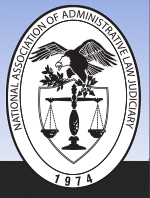Abstract
It is almost an accident that the Internet developed the way it did. In the late 1990's large internet service providers (ISPs), such as AOL, that had their own proprietary networks failed to fully realize that their business model was becoming obsolete, and instead the Internet developed into the open network that it is today. But is an open network the best model for the Internet? Could more of a free market deliver a better product to the consumer? Broadband providers such as AT&T and Verizon believe that in order to give their customers the best product, they should be able to exert more control over their network. Content providers such as Google and Microsoft believe that innovation on the part of the providers is what would be best for consumer. The two colossal sides have been butting heads over the issue for several years. Could the issue be decided in the near future? After a brief introduction to network neutrality, including a definition and what the two sides say, this article will go through its history, including the actions of the FCC and the failed regulation attempts by both sides in Congress. Then this article will look at what other countries have done and are doing to resolve the issue. Finally, the article will discuss what the United States' policy should be, and how to best implement that policy.
Recommended Citation
Andrew Seitz,
It's a Series of Tubes: Network Neutrality in the United States and How the Current Economic Environment Presents a Unique Opportunity to Invest in the Future of the Internet ,
29 J. Nat’l Ass’n Admin. L. Judiciary
Iss. 2
(2009)
Available at:
https://digitalcommons.pepperdine.edu/naalj/vol29/iss2/8

